To Marco and Peter
may books accompany them
Outside of a dog, a book is mans best friend.
Groucho Marx
1.
Venice: Book Capital of the World
T oday, if you want to go from the Rialto to Saint Marks, you walk along a street called Mercerie (Haberdasheries). Peeping out from the shop windows are the goods Italy is famous for: shoes, clothing, purses, and jewelry. Gucci has a store there, and theres also a fire-engine-red Ferrari shop, proudly displaying an authentic Formula 1 racing car.
If we were to travel back in time and walk down this same street in 1520 we would have no difficulty recognizing it; in five centuries it hasnt changed much at all and, whats more, its vocation for commerce is identical. If todays Mercerie is a showcase for Made in Italy, back then it was a showcase for Made in Venice, a city that, relatively speaking, was much more important than Italy today. Although Italy is now the worlds sixth or seventh industrial power, half a millennium ago Venice had a place on the podium. In the Europe of that time there were only three cities that we might call big; three cities with a population of more than one hundred fifty thousand: Paris, Naples, and Venice.
So, then, what would we have been able to find in the storeswhich often were also workshops and homeson the sixteenth century Mercerie? Cloth, for one thing, or rather the splendid red fabrics for which Venice was famous, dyed according to secret recipes inherited from the Byzantines. Or gilded leather; embossed leather panels decorated with gold leaf, used to embellish the interior walls of palaces, crafted using techniques imported from Moorish Spain, which in turn had inherited them from the Arabs. Or weapons, lots and lots of weapons: hankered over and vied for by plutocrats and sovereigns from all over Europe, who just couldnt go off to fight unless expensively outfitted with the clanking iron weaponry made in Venice. The names of a couple of nearby streets, Spadaria (from spada, or sword) and Frezzaria (from freccia, or arrow) still speak to us today of that ancient vocation.
But what struck foreign visitors most were the books: the dozens and dozens of bookmaking workshops that were gathered here in a density unequaled anywhere else in Europe. Word has come down to us of authentic book-shopping tours, like the one described by the historian Marcantonio Sabellico (the beneficiary of the earliest known form of copyright) when two friends go from the fontego dei Tedeschi to the foot of the Rialto bridge, on their way to Saint Marks Square, and theyre unable to make it to their destination, overwhelmed by their curiosity to read the lists of books appended outside the shops. Fontego in Venetian means warehouse; the fontego dei Tedeschiwhich, like the fontego dei Turchi still existswas a building that functioned as a warehouse, market, business headquarters, and lodging, primarily for German-speaking merchants from central Europe).
Not even Gutenbergs Germany, where printing with movable type had been invented around sixty-five years earlier, some time between 1452 and 1455, could challenge Venices predominance: in the early sixteenth century, half of all the books published in Europe were printed in Venice. And Venice was preeminent for quality as well as quantity, for the richness and beauty of the volumes her printers produced. Without the Venetian publishing industry of that era, the book as we know it today wouldnt exist, nor would the Italian language as it is spoken today. Sure, Italian is based on the works of the Tuscan writers Dante and Petrarch, but it was the Venetian editions of their works, edited by the humanist Pietro Bembo and printed by the king of publishing, Aldus Manutius (whom we will hear more about in the next chapter) that accounted for their success.
Lets go into one of those shops. Were able to get an idea of what they were like thanks to Angela Nuovo, who describes them in her study of the book trade in Renaissance Italy. Part of the merchandise is on display outside the shop: arranged on some tables, we can admire the frontispieces (and thats all, to discourage thieves) of Latin and Greek classics (primarily the former); religious texts (the Bible and commentaries); and then prints, views of cities near and far, images of people that viewers would be unlikely ever to see first-hand; books in foreign or remote languages, but spoken by many visitors to the city, which as a melting pot is perhaps rivaled only by present-day New York. So here we have works in Armenian, a Bohemian bible, a text in the Glagolitic alphabet of medieval Croatia, another in Cyrillic, and, naturally, given that the Jewish ghetto in Venice, established in 1516, is the first in history, numerous volumes in Hebrew. Many of the shops are also workshops or printing houses, where most of the books for sale are the products of the printer-publisher. Lying on one of the outside tables or hanging from the door frame, there is almost always a catalogue of the books published or for sale, generally three of four pages, folded in half, one inside the other. Other bookshops are actually stationery stores or shops that sell works in manuscript and the instruments for making them: sheets of paper, bottles of ink, quills. With the onset of printing, stationers have simply replaced books written on desktops by an amanuensis with those produced on the printing press.
Now lets turn our gaze to the inside. The first thing we see is the shop window, shaded by an awning that protects the books from the sunlight and rain, but otherwise open because the technology for producing transparent window panes will not be developed until a few centuries later (sixteenth century windows are made out of small glass disks held together by strips of lead came). In the window, where the threat of nimble fingers is not quite so great, whole books are on display, some lying on their sides in loose sheets, some bound in volumes and sitting open on a lectern, so their pages are visible. Books are still an elite product, often very costly, and to make them more precious, miniaturists are called in to paint capital letters at the beginning of chapters, in spaces left empty by the printer, while rubricators draw the smaller capital letters at the beginning of paragraphs. Some books even contain woodcuts whose contents have raised more than a few religious eyebrows, like the phallic representations of Francesco Colonnas Poliphilo or the sixteen sexual positions that illustrate the Sonetti Lussuriosi (Salacious Sonnets) by Pietro Aretino, a work printed clandestinely in Venice in 1527 and, in the eyes of the readers of the time, bona fide pornography.
The interior of the shop-workshop looks very different than a bookshop today. Sixteenth century books are sold in loose sheets, and then the buyer has them bound (but also illuminated and rubricated) according to his own taste. Some bindings are works of art in their own right, made from precious fabrics and metals. If a book is destined for a monastery, the binding will be simpler, in smooth parchment, but even in this case the binding represents a considerable added cost compared to the unbound volume. The packets of loose sheets are wrapped in blue paper to be conserved, aligned, and piled up on wall shelves, each indentified by its own label with the authors name and title. Actually, there are also some alreadybound second-hand books in the shop, kept in their own special section. They cost twice as much as the unbound edition, showing just how much the binding can add to the price of a book. These bound volumes are standing on the shelves but contrary to todays customary practice, they are not spine-out but fore-edge-out. Leaning against the wall, the books present a homogenous alignment of sheets of paper, some horizontal, some vertical, with an overall look that is chromatically very compact. Single books cannot be identified or found on the basis of their binding, evidently considered to be no help at all. Even contemporary editions of these ancient volumes often conserve the indication of their title and author impressed on the fore-edge. The role of the bookseller is not only essential in explaining the contents of the book but also for locating it and pulling it off the shelf. Nearly all of the illustrations of sixteenth century bookshops that have come down to us show the owner intent on explaining something to the customer.
Next page
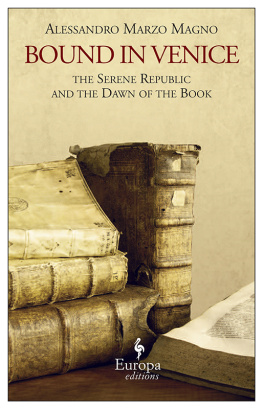

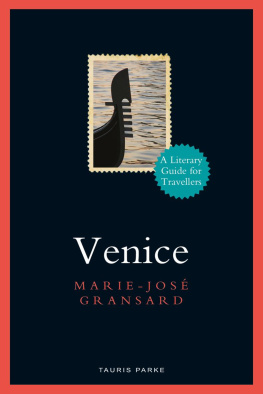

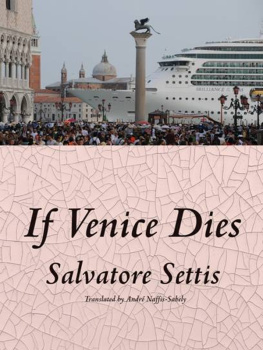
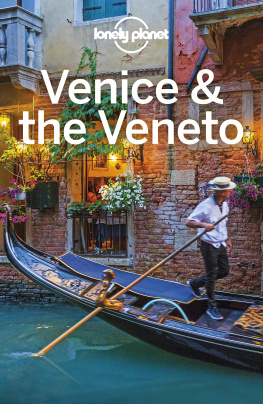
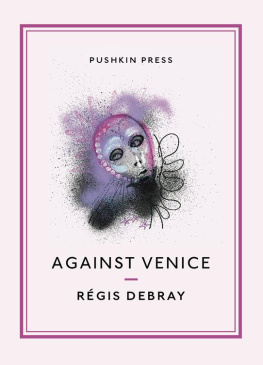
![Bosworth - Italian Venice: a history[Electronic book]](/uploads/posts/book/194557/thumbs/bosworth-italian-venice-a-history-electronic.jpg)